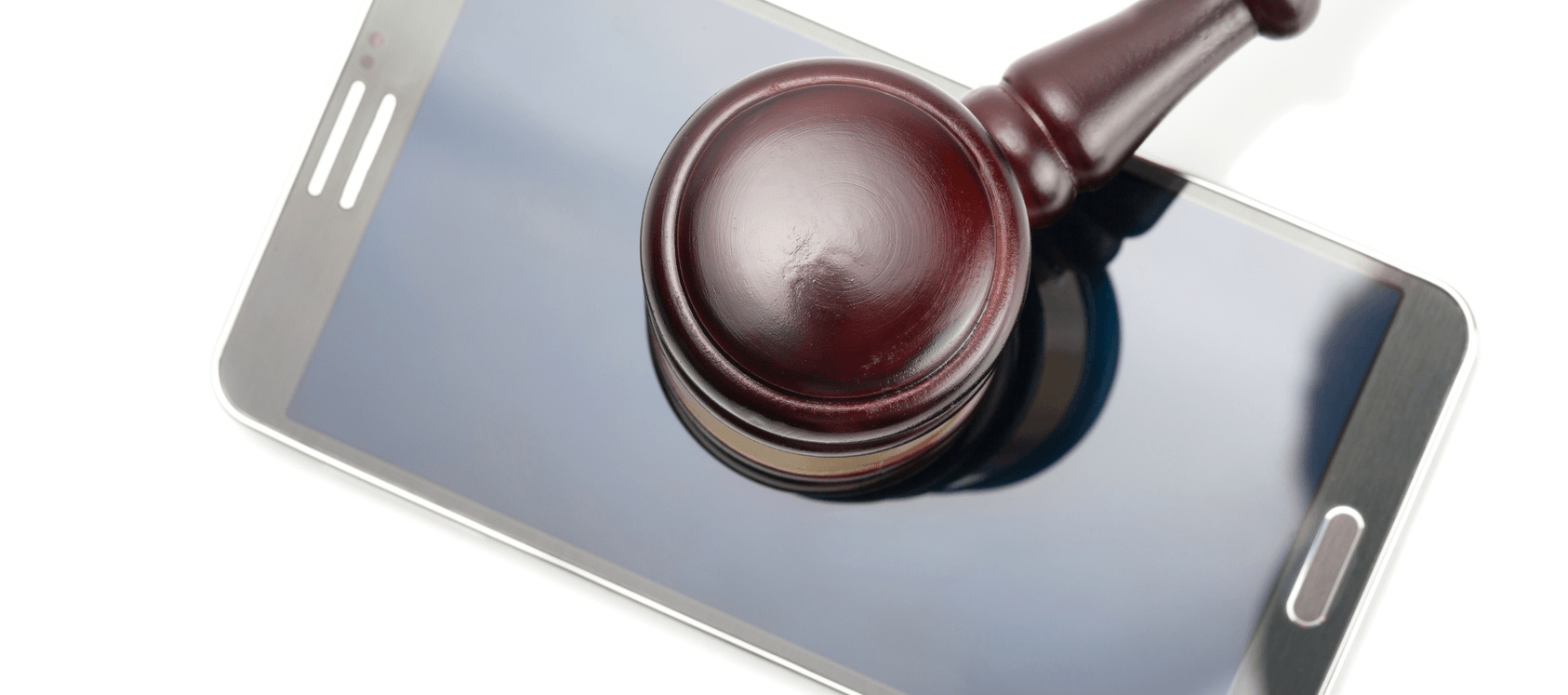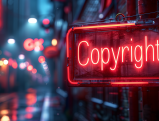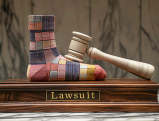
by Jonathan Schmig
May 21, 2015
This past Monday, another brick was laid in the seemingly neverending path of the Apple v. Samsung litigation. In short, although the lower court awarded Apple a sum of $930M for an infringement case, the appeals court felt the award was too high and sent it back to reconsider $382M of it—nearly half.
The Apple-Samsung litigation is a jumbled, disorienting mess, about which books could be written. Indeed, the judge’s instructions (for the jury) in the 2012 lower court decision alone spanned 109 pages, and took two hours to read. There is so much happening—and so much at stake—that it is frankly mesmerizing watching these two tech behemoths square off.
For the unfamiliar, this all started back in April 2011, when (California-based) Apple filed suit against (Seoul-based) Samsung in the U.S. for patent infringement. A humble enough beginning, but it soon spiraled. Samsung countersued, alleging that Apple was infringing their patents. Both design patents and utility patents were implicated. Then it expanded from just the patent realm, and into trademark and trade dress. There were consumer confusion claims; there were brand dilution claims; there were interlocutory appeals, and appeals to those appeals. There was just about a little of everything for anyone interested in IP law. The two companies ended up suing each other in over thirty countries worldwide, including Europe, Asia, and Australia.
Trade dress is basically the look of the product, or its packaging. For instance, Apple claimed that Samsung had infringed its app layout (rows of four, with app icons that were generally square with rounded edges), as well as the design of the phone itself (essentially a rectangle with rounded edges, but obviously more complicated than just that). Another feature Apple claimed Samsung had infringed was the “rubber band effect,” which is what happens when you access the internet on your smartphone and scroll to the top or bottom of a web page and it bounces a bit past the end.
In the U.S. case, the jury—after listening to 109 pages worth of instructions—had to deliberate knowing they had roughly 700 options for which they could ultimately opt. Really, though, there were four main outcomes the jury could hold: did Samsung infringe Apple’s patents, and if so what were the damages; and did Apple infringe Samsung’s patents, and if so what were the damages.
Given the breadth and painstaking nature of the trial (which took more than four weeks), experts had apparently expected jury deliberation to take several weeks. Instead, it took two days. In 2012, they returned a verdict for Apple, awarding them a billion dollars in the process. For comparison, the same case was brought over in South Korea, where it came to a decidedly different outcome: the court ruled against both Apple and Samsung, holding that they had both infringed each other, and that the remedy was a fine on both and the removal of certain products from store shelves. That verdict came just hours before the U.S. one had.
Of course, as we can see, the verdict in the U.S. was not by any means the end of the story, not even Stateside. But what it did do, at the very least, was earn Apple a degree of public moral high ground. In some ways, the effects of that initial victory are still being felt today. Just recently, investment bank Oppenheimer noted that Samsung, while not quite a sinking ship, has undoubtedly sprung quite the leak. Samsung’s Galaxy S6 sales are drooping miserably, while Apple’s iPhone sales are soaring. Of course not every business success or lull for either Apple or Samsung can appropriately be attributed to the holdings of these various infringement cases, but something can surely be said of the public’s desire for one or the other, and that desire is traceable to goodwill generated (or defeated) by these court rulings. Perhaps that is part of why Samsung’s sales in China have seen a catastrophic 50% drop in the past year alone.
In any event, the recent appeals court ruling takes a sizeable chunk out of the U.S. trial court’s award amount, reducing it by nearly half from a billion dollars to around $550 million. The decision will likely be appealed—because when you’ve already sunk a billion dollars into litigation, why not—and it has no bearing on the progress of the dozens of other cases in the three other continents of this explosive corporate World War. But for now, Samsung can at least take solace in knowing it owes less than originally, which is actually a decent silver lining considering that other countries (including Japan and the U.K.) have actually found for Samsung outright, on at least limited issues.
Apple’s litigation in the U.S. was a (tentative) victory, but perhaps a Pyrrhic one. The animosity exuding from both sides is still palpable. And the war marches on.










